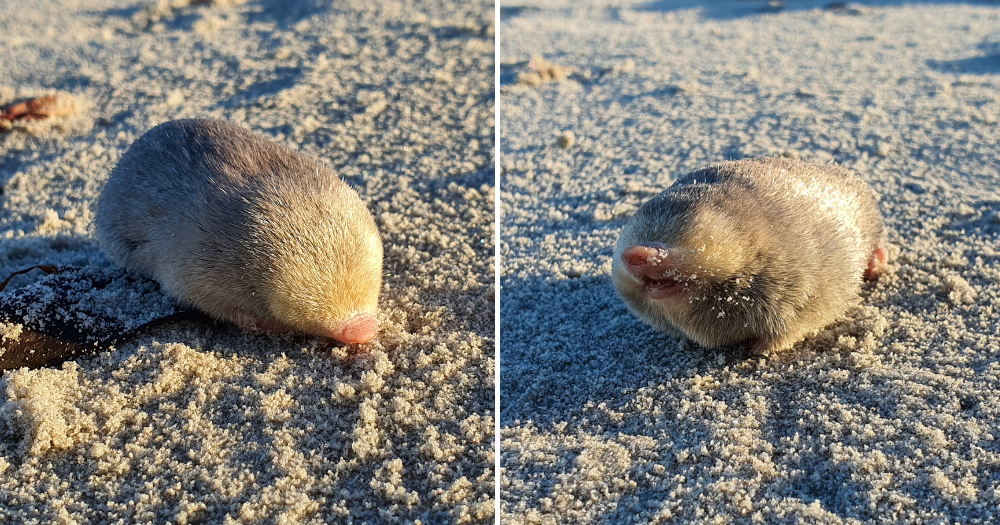This beach in South Africa might look barren to the naked eye.
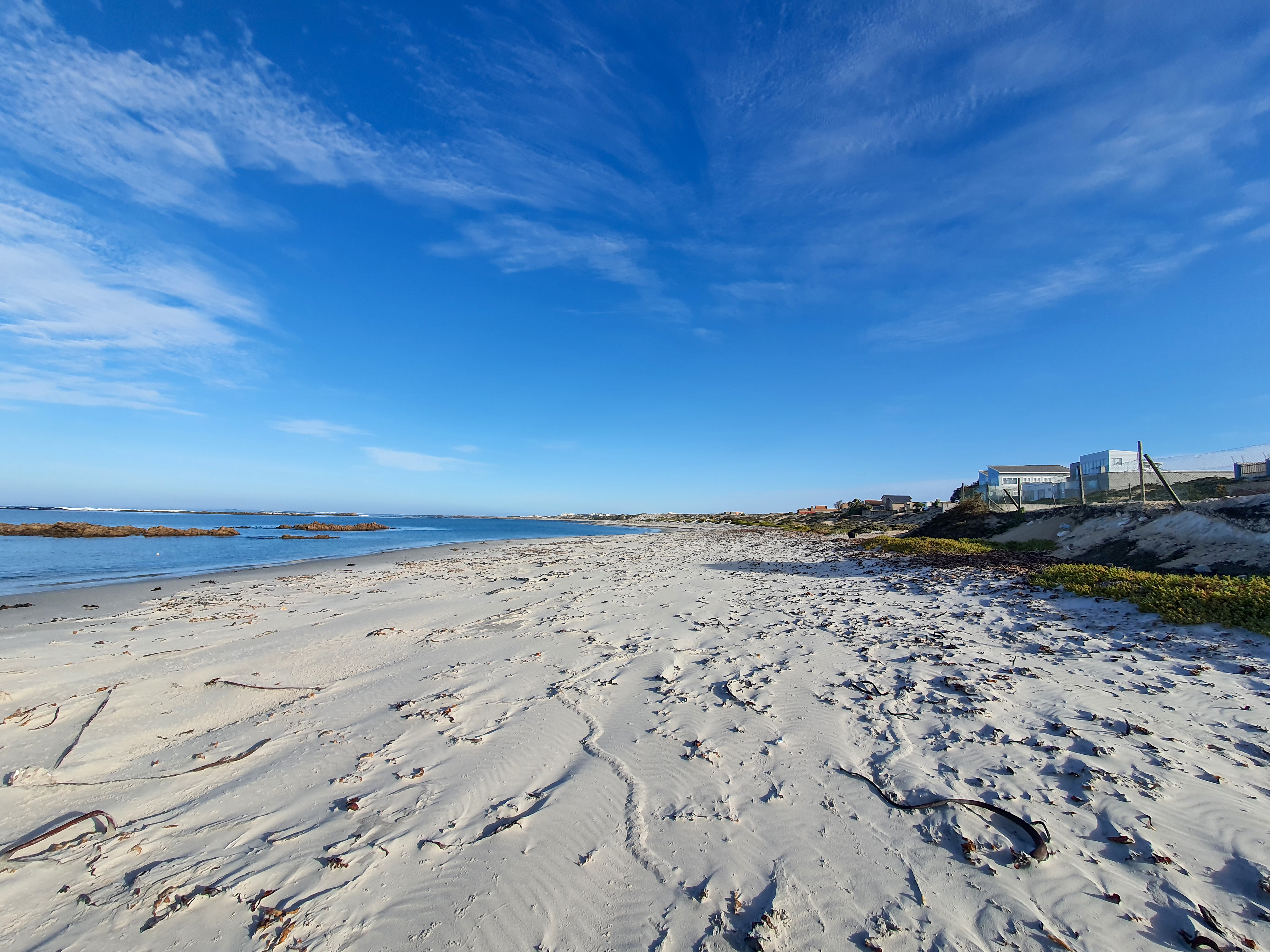 Photo by JP Le Roux via Re:wild
Photo by JP Le Roux via Re:wild
But beneath the dunes hides the De Winton's golden mole, a strange-looking creature that was last seen in 1936, and feared extinct by scientists.
The species, however, is lost to science no longer — it was rediscovered this year by a dedicated team of conservationists and geneticists from non-governmental organisation Endangered Wildlife Trust (EWT) and the University of Pretoria in South Africa.
Hard to find
Golden moles are named for the iridescent sheen their coat has, a result of an oil their body secretes to make it easier for them to 'swim' and burrow through the sand.
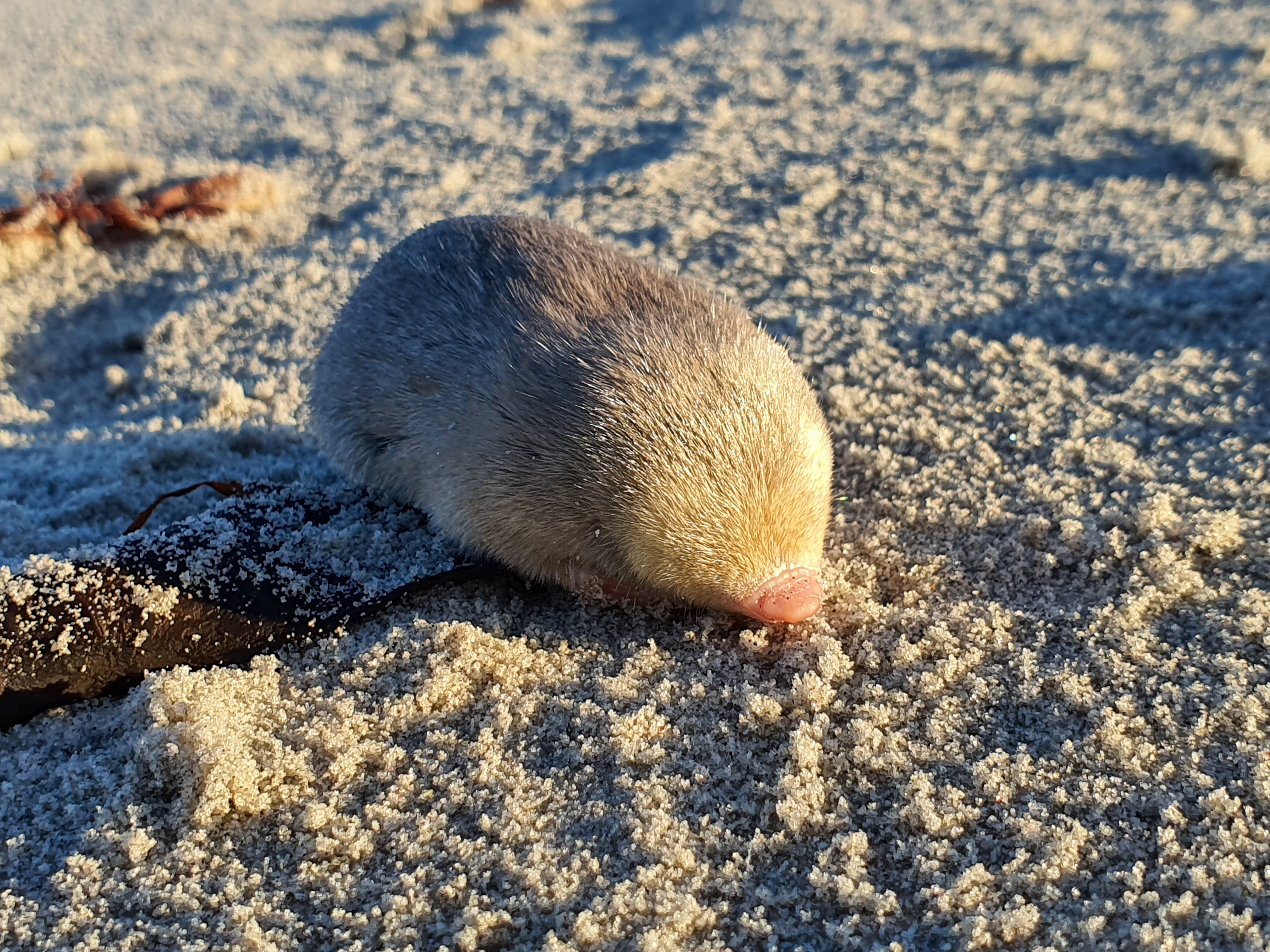 Photo by JP Le Roux via Re:wild
Photo by JP Le Roux via Re:wild
De Winton's golden mole is a cryptic one — it was last scientifically documented at a beach in Port Nolloth, a town at the northwestern coast of South Africa, according to Re:wild.
Back then, its documentation included no photos and had only limited information about its behaviour, or how it differed from other more common species of golden moles, which can also be found in the same area.
Golden mole burrows are largely inaccessible. Furthermore, they have sensitive hearing, allowing them to detect vibrations from movement on the surface and escape detection.
They also rarely leave behind tunnels that are visible on the surface. These factors make the species hard to detect.
Help from Jessie
In search of the mole, the team from EWT enlisted the help of a border collie named Jessie. A border collie's nose is 10,000 times more sensitive than a human's.
Jessie is trained to recognise the scent of familiar golden mole species, and will lay down on the ground to mark the spot and alert the team that she's caught a scent.
Her reward is being able to play catch with her toy, a tennis ball.
 Photo from Re:wild
Photo from Re:wild
In June 2021, the team went down to Port Nolloth beach, where they found fresh golden mole trails in the sand, which were made more visible after a recent rainstorm.
“What was interesting to us is that when we went to that beach site that had so much [golden mole] activity, Jessie did not show any interest,” Esther Matthew, Jessie’s trainer and a senior field officer with EWT said.
This meant that Jessie had encountered a species she had not been exposed to before, and it could possibly be a De Winton's.
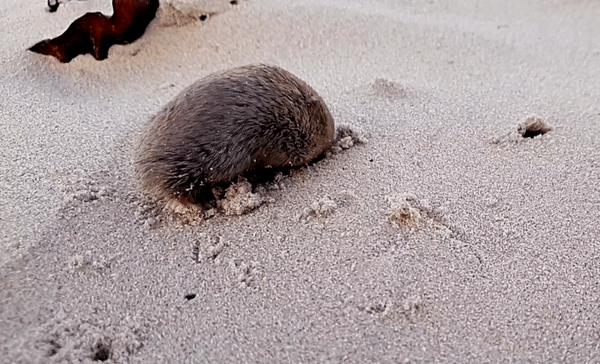 Video by JP Le Roux via Re:wild
Video by JP Le Roux via Re:wild
Sequencing DNA from the environment
As such, the team employed the use of environmental DNA (eDNA), DNA that is released from an organism into the environment, and which can be collected from environmental samples such as sediments and water.
Sources of eDNA can include faeces, mucus or shedded skin.
The team collected over 100 soil samples in June 2021 from beaches and dunes on the northwest coast of South Africa, and encountered two De Winton's golden moles in the process, reported The Guardian.
However, as De Winton's looks physically similar to other golden moles, the DNA collected needs to be genetically sequenced before its identity can be confirmed.
DNA extracted from the soil samples determined the presence of two common species of golden moles, as well as Van Zyl's golden mole, an endangered species genetically similar to De Winton's.
The fourth species detected was De Winton's, but scientists did not have enough genetic information about it to confidently identify the DNA found at the beach as belonging to De Winton's.
It was a year later before the Port Nolloth Museum published the sequenced DNA from an old specimen of De Winton's golden mole.
This was exactly what the team needed — when they compared this DNA sequence to the eDNA collected from their soil samples, they found a match.
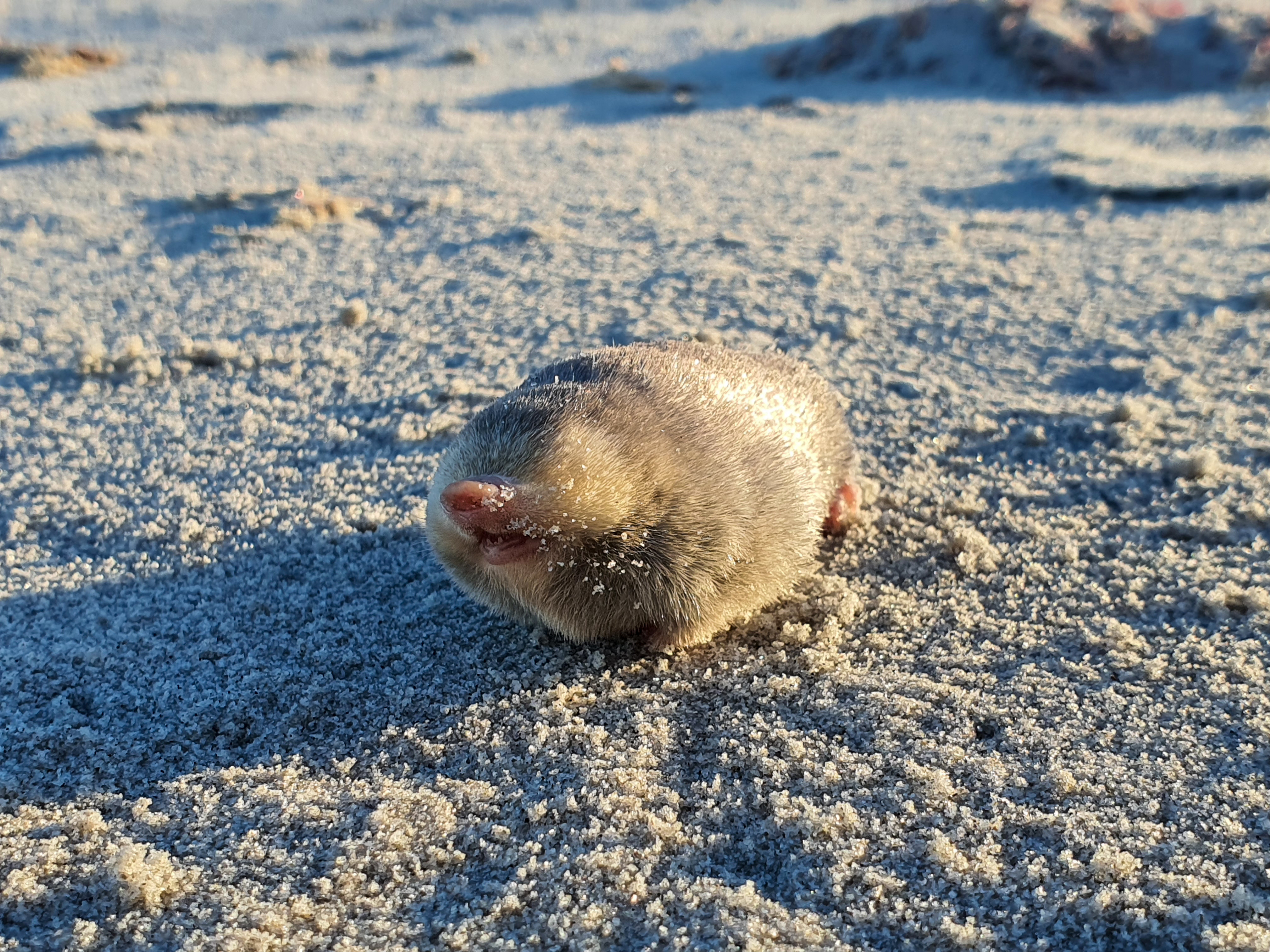 Photo by JP Le Roux via Re:wild
Photo by JP Le Roux via Re:wild
More to be done
The team published their findings in a research paper on Nov. 24.
Their results show that there may be a healthy population of De Winton's golden mole in Port Nolloth
Nevertheless, the area where the moles were found is not protected, and could be converted for development.
"[The team] left no sandhill unturned and now it’s possible to protect the areas where these threatened and rare moles live," said Christina Biggs, manager for the Search for Lost Species, Re:wild.
Currently, the team is looking to figure out how large the species' distribution is across the coast and how many individuals there are, as well as how exactly to protect this species that was thought to be extinct.
As Jessie the border collie died in late-2021, EWT also plans to train a new scent detection dog which can exclusively track the De Winton's golden mole.
The De Winton's golden mole is currently classified as "critically endangered" by the International Union for Conservation of Nature.
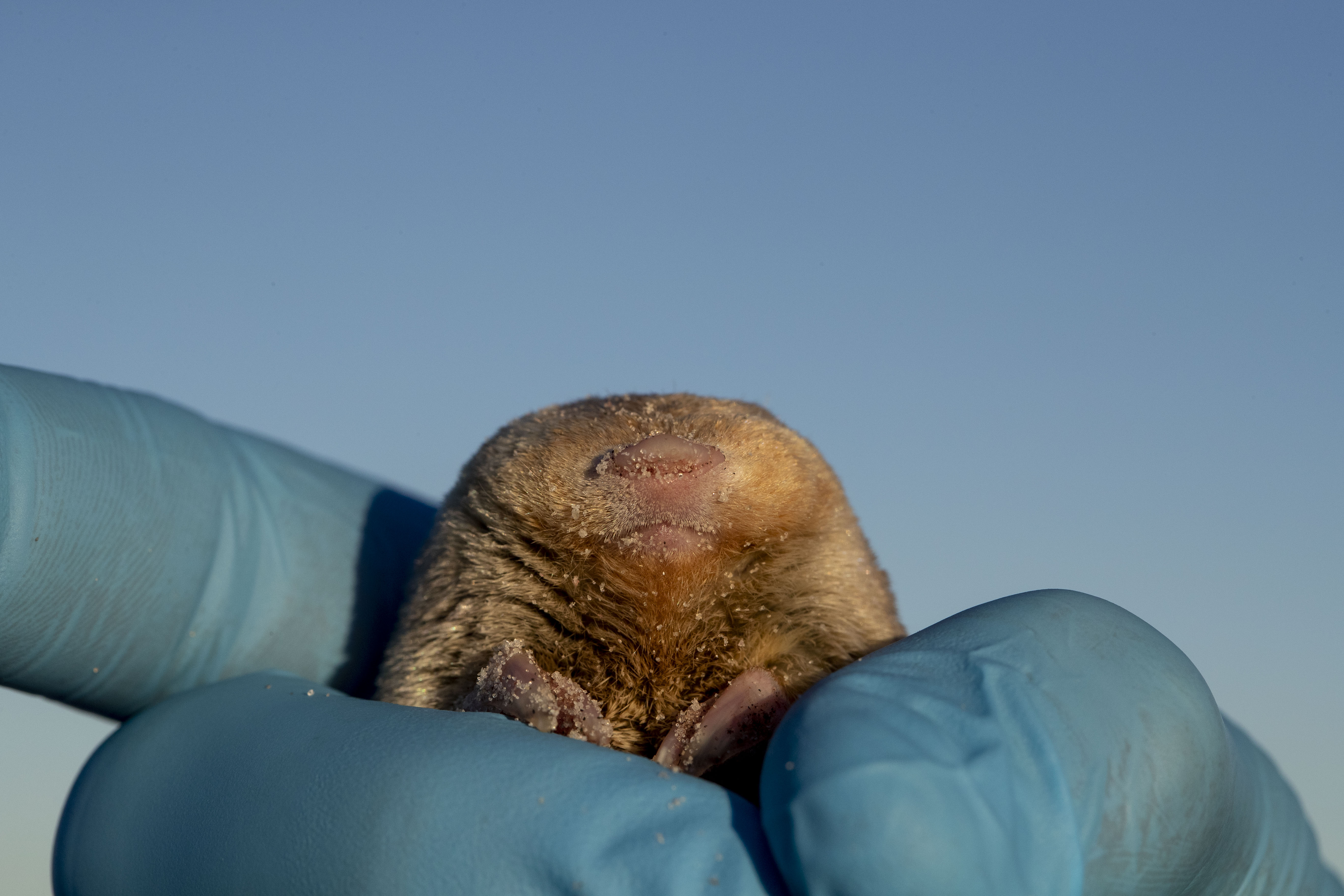 Photo by JP Le Roux via Re:wild
Photo by JP Le Roux via Re:wild
Top photo by JP Le Roux via Re:wild
If you like what you read, follow us on Facebook, Instagram, Twitter and Telegram to get the latest updates.

